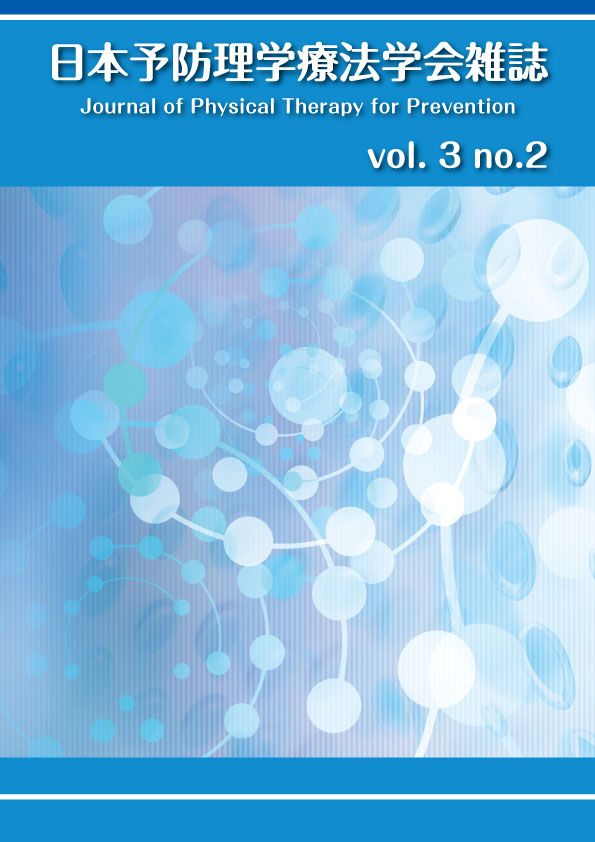Volume 3, Issue 2
Displaying 1-10 of 10 articles from this issue
- |<
- <
- 1
- >
- >|
preface
-
Article type: 巻頭言
2024Volume 3Issue 2 Pages 1
Published: March 31, 2024
Released on J-STAGE: March 31, 2024
Download PDF (512K) Full view HTML
research-article (original article)
-
Article type: research-article (original article)
2024Volume 3Issue 2 Pages 2-9
Published: March 31, 2024
Released on J-STAGE: March 31, 2024
Advance online publication: November 27, 2023Download PDF (1036K) -
Article type: research-article (original article)
2024Volume 3Issue 2 Pages 10-17
Published: March 31, 2024
Released on J-STAGE: March 31, 2024
Advance online publication: December 06, 2023Download PDF (903K) -
Article type: research-article (original article)
2024Volume 3Issue 2 Pages 18-24
Published: March 31, 2024
Released on J-STAGE: March 31, 2024
Advance online publication: March 09, 2024Download PDF (957K)
case-report
-
Article type: case-report
2024Volume 3Issue 2 Pages 25-32
Published: March 31, 2024
Released on J-STAGE: March 31, 2024
Advance online publication: November 03, 2023Download PDF (1174K) -
Article type: 症例報告
2024Volume 3Issue 2 Pages 33-38
Published: March 31, 2024
Released on J-STAGE: March 31, 2024
Advance online publication: February 08, 2024Download PDF (3753K)
Case studies
-
2024Volume 3Issue 2 Pages 39-44
Published: March 31, 2024
Released on J-STAGE: March 31, 2024
Advance online publication: March 16, 2024Download PDF (1245K)
Special Feature
-
Article type: Special Feature
2024Volume 3Issue 2 Pages 45-52
Published: March 31, 2024
Released on J-STAGE: March 31, 2024
Download PDF (1670K) -
Article type: 特集
2024Volume 3Issue 2 Pages 53-60
Published: March 31, 2024
Released on J-STAGE: March 31, 2024
Download PDF (1304K)
Editorial board and Afterword
-
2024Volume 3Issue 2 Pages 61
Published: March 31, 2024
Released on J-STAGE: March 31, 2024
Download PDF (549K) Full view HTML
- |<
- <
- 1
- >
- >|
